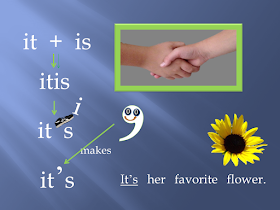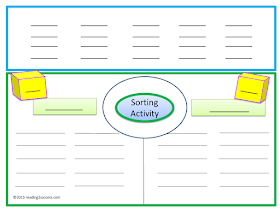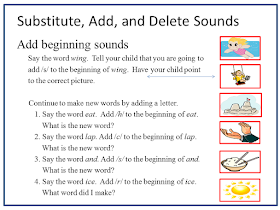Have children manipulate the die-cuts to demonstrate their understanding of positional vocabulary. Below is a child's example showing the meaning of the positional word - between.
Begin by completing examples together on chart paper. On the class chart below we used gingerbread men, butterflies and apples. Picture/word cards were also used for scaffolding and reference. Picture/ word cards are included in this post.
Begin by completing examples together on chart paper. On the class chart below we used gingerbread men, butterflies and apples. Picture/word cards were also used for scaffolding and reference. Picture/ word cards are included in this post.









































